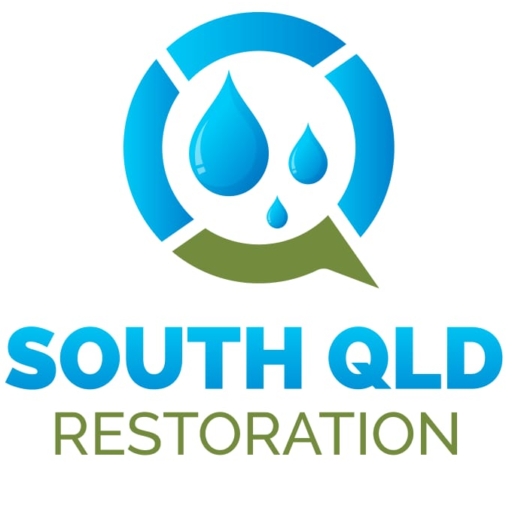The Aftermath of Water Damage: Mould Clean Up
When you encounter excess water on your property, it is a major cause for concern. Excess water will soak the materials throughout the area, and the longer the water remains present, the more damage it will cause to your home or business. Keeping in mind the torrential rain in parts of Northern NSW and Queensland, we are now being exposed to a new threat: severe mould exposure. Even if you have not been exposed to this threat yet, water damage can develop at any time for a variety of reasons. It can occur because of something as simple as a washing machine hose leak or a broken pipe. For less obvious reasons, a clogged gutter can overflow and cause water to burst into your home.
How Does Water Damage Your Property?

Leaking appliances, overflowing sinks or toilets, plumbing and sewage problems or heavy rains and floods can compromise the structural integrity of your property. This can lead to many unwanted and undesired consequences. When excess water begins to collect in areas where it shouldn’t it’s best to try and remove it followed by drying the area right away. The longer it sits there the longer it will lead to damaging your property and subsequently mould.
Mould are organisms that thrive in damp areas – or anywhere with excess moisture. They are an important part of the ecosystem, breaking down organic matter and helping to enrich the soil plants grow in. However, if this mould starts to grow in your home or property it can lead to serious damage. In a recent study, an estimate suggests that there are at least 100,000 species of mould present in and around us in our homes. While not all of them are toxic or dangerous, some species release mycotoxins which are harmful to the human body. If you or someone you know has mould sensitivity, you may encounter symptoms such as-
- respiratory congestion
- coughing
- sneezing
- eye irritation
- skin rashes
- headaches
How to Prevent Mould After Water Damage

Mould after water damage begins to form as mildew in colonies that appears on wood, ceiling tiles, pieces of cardboard, wallpaper fabric, carpeting, pieces of drywall and even insulation. It can develop just about anywhere in your home where excess moisture is present for an extended period.
Drying and cleaning/disinfecting is a great start to prevent mould growth however some flooding can become so extensive and damaging that you may just need a team of pros to come in and handle the rest of the situation for you. This process is known as mould retention. Mould retention teams often spray down entire rooms. Even if your damage might be limited to a smaller section, this additional spraying makes it even less likely that mildew and mould have any opportunity to grow in your space.
By now, you already know that mould is a very dangerous substance that can result in significant human health problems and certain people are at an even higher risk due to exposure. That said, mould is not only harmful to your home/property but also can have severe effects on your health.
Mould Prevention and Control Tips

- The tricky thing about mould is that you can clean mould and dry out areas, but water can travel quickly throughout surfaces, underneath tiles and carpets. The moisture may not be entirely gone, allowing it to resurface and provide the perfect environment for mould to grow.
- If your belongings are wet and can’t be cleaned or completely dried, remove and replace them with new ones.
- Use fans to circulate air into the space and speed evaporation unless mould has started to grow. The use of dehumidifiers is essential too as they can help reduce moisture and help things dry more quickly, especially in closed areas.
- Scrub mould off hard surfaces with detergent and water and dry off completely
- Consider investing in smart bathrooms. As places that are often or always damp can be hard to maintain and keep completely free of mould. There are heaps of new wall switches that have dual controls for turning off lights and fans after a preset time.
- Use of wet/dry vacuums. Most renters/homeowners do not have one of these lying around. But if you are lucky enough to have quick access to a wet/dry vacuum, they can be an immense help after flooding or water damage.
- Apply the “clean and dry” approach. Once an area or surface is clean, go ahead and disinfect it with a 10% bleach solution. Allow the bleach solution to remain in the place for at least 10 minutes and then rinse it off with plain, clear water and allow it to dry.
- Learn to act quickly to prevent mould. A simple plumbing leak can dump several gallons per minute into your home. Simply shutting off the main water valve is not the solution as there may still be a few gallons of water held in the pipes. Turning on the lowest faucet in the house will let the water harmlessly drain out of the faucet instead of it leaking through the pipes.
- When attempting to remove small patches of mould, be sure to wear personal protective equipment such as gloves, gumboots, and a mask.

If you believe you have areas of your home or property that could be prone to mould, contact our mould removal team. On your first call, we will be able to give an indication of how serious your mould problem could be, depending on the information you provide.
Flooding and mould are no joke. When this happens, call our Brisbane team to get options for mould removal.






